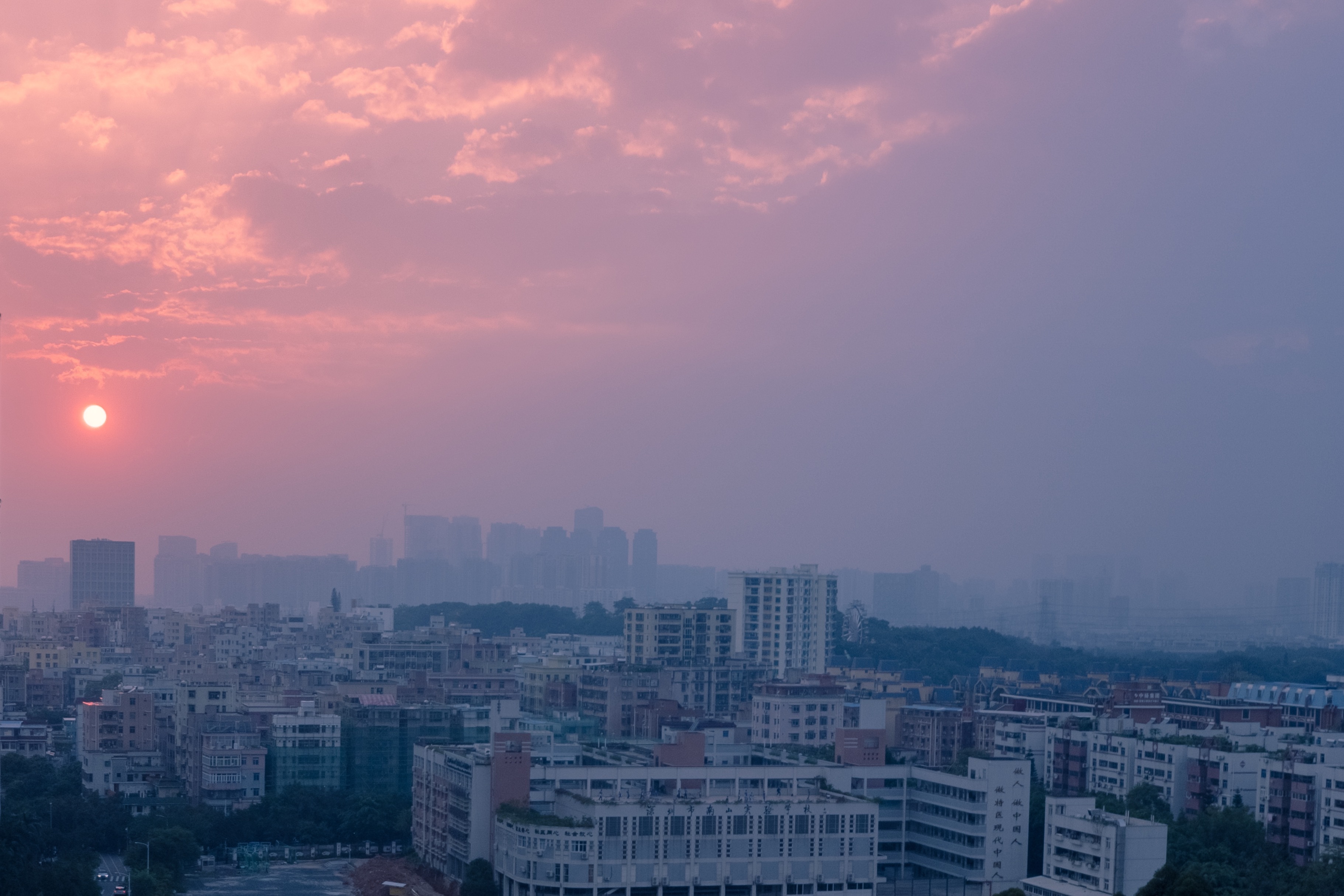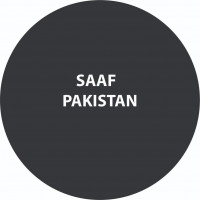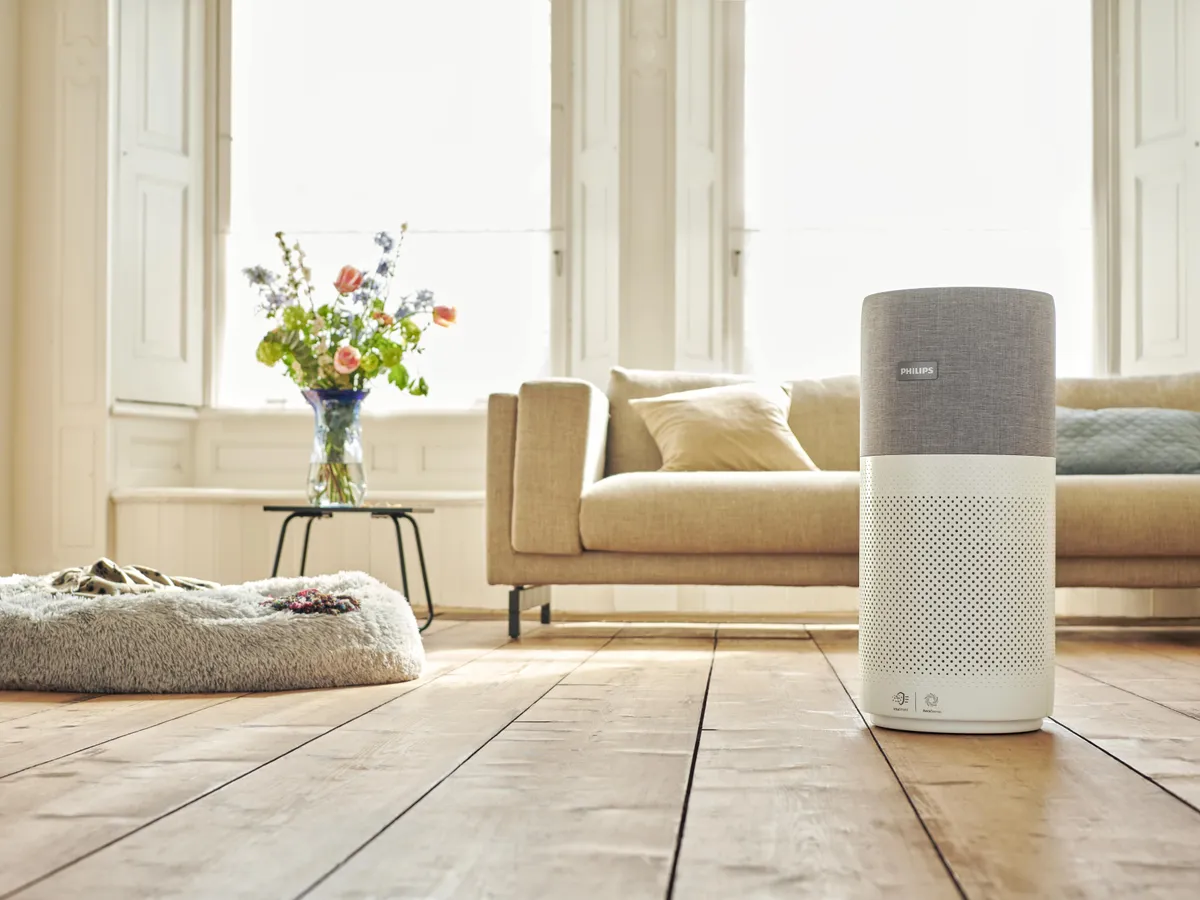Smog in Lahore: Understanding the Crisis and the Need for Action

Strong 8k brings an ultra-HD IPTV experience to your living room and your pocket.
Over the past decade, smog in Lahore has evolved from a seasonal inconvenience to a year round health emergency. Once known for its rich culture and vibrant life, Lahore now finds itself listed among the most polluted cities in the world. The choking air, filled with harmful particulate matter, is not just a threat to the environment, it’s a direct danger to the people who live and breathe in the city every day.
This article explores the root causes of smog in Lahore, its impact on public health, and what steps citizens, governments, and organizations like Saaf Pakistan can take to address this growing crisis.
What Is Smog and Why Is It Dangerous?
Smog is a mixture of smoke and fog, formed primarily from industrial emissions, vehicular exhaust, and the burning of organic material such as crops and trash. In Lahore, the smog problem intensifies during the winter months due to temperature inversion—a weather phenomenon that traps pollutants close to the ground.
Smog in Lahore typically contains a high concentration of PM2.5 particles—tiny airborne particles that can penetrate deep into the lungs and bloodstream. These particles are known to cause respiratory illnesses, heart diseases, and can even lead to premature death.
Causes of Smog in Lahore
Understanding the causes of smog in Lahore is the first step toward solving the problem. Here are the major contributors:
Vehicular Emissions
Lahore’s roads are congested with outdated, poorly maintained vehicles that emit high levels of nitrogen oxides and carbon monoxide. The lack of strict emission standards adds to the problem.
Industrial Pollution
Factories operating within and around the city often burn low-quality fuels, releasing dangerous gases into the air. Many industrial units still operate without proper filtration systems.
Crop Burning
In nearby regions, farmers burn crop stubble to clear fields for the next planting season. The smoke drifts into Lahore and significantly worsens air quality during October and November.
Urban Construction
With rapid urbanization, construction projects are constantly underway, kicking up dust and other particulates that contribute to smog in Lahore.
Lack of Green Spaces
Deforestation and a reduction in green cover have left the city without natural filters. Trees and plants that once absorbed pollutants have been replaced with concrete.
Impact on Public Health
The impact of smog in Lahore on public health is severe. Hospitals report a spike in respiratory illnesses, eye infections, and skin conditions during the smog season. Long-term exposure to poor air quality can lead to:
- Chronic asthma
- Bronchitis
- Cardiovascular disease
- Cognitive impairment in children and the elderly
- Increased cancer risk
Vulnerable groups, including children, the elderly, and pregnant women, are especially at risk. According to health experts, even short-term exposure to smog can trigger acute health crises in individuals with preexisting conditions.
Environmental and Economic Costs
Beyond health, smog in Lahore takes a toll on the environment and economy. Reduced visibility due to dense smog disrupts transportation and flight operations, causing delays and economic losses. Tourism is also affected, as international visitors become wary of the city’s poor air quality.
Agricultural productivity suffers too. Smog inhibits photosynthesis in plants, leading to stunted growth and reduced crop yields. Additionally, acid rain—formed by smog’s chemical components—damages soil quality and aquatic ecosystems.
Saaf Pakistan’s Role in Combating Smog
Saaf Pakistan is committed to fighting smog in Lahore through awareness, innovation, and action. As an environmental and air quality solutions brand, Saaf Pakistan has taken a multi-faceted approach to address this crisis:
Providing Air Purification Solutions
Saaf Pakistan offers state-of-the-art air purifiers that help improve indoor air quality for homes, schools, offices, and healthcare facilities. While these devices don’t solve the outdoor pollution problem, they provide immediate protection from harmful pollutants indoors.
Advocating for Green Initiatives
From urban tree plantation drives to supporting clean energy projects, Saaf Pakistan actively promotes sustainable practices to reduce the root causes of smog.
Educating the Public
Saaf Pakistan runs educational campaigns to inform the public about the dangers of smog in Lahore and how individuals can reduce their exposure. These efforts include school programs, digital content, and community workshops.
Supporting Policy Reform
By partnering with environmental NGOs and government bodies, Saaf Pakistan supports long-term policy changes that target emission control, sustainable urban planning, and stricter environmental regulations.
What You Can Do to Protect Yourself
While systemic change takes time, individuals can take action to protect themselves and help reduce smog:
Monitor air quality: Use apps and online tools to track AQI (Air Quality Index) levels and plan outdoor activities accordingly.
- Wear a mask: Use N95 or N99-rated masks during high-smog days.
- Stay indoors: Keep windows closed and use indoor air purifiers.
- Switch to public transport: Reduce your carbon footprint by using buses or carpooling.
- Avoid burning trash: Dispose of waste responsibly and avoid contributing to outdoor smoke.
- Plant trees: Contribute to urban greenery in your community or home.
Future Solutions and Hope for Lahore
Solving the problem of smog in Lahore requires coordinated efforts at every level. From individual behavior changes to city-wide policy reforms, there is a need for collective responsibility. Encouragingly, the conversation around air quality in Pakistan is gaining momentum. With sustained pressure, it's possible to push for reforms that prioritize cleaner air.
Technological innovations such as smart traffic systems, electric vehicles, and renewable energy adoption can play a significant role. Moreover, urban planning that includes more green spaces and pedestrian-friendly areas can reduce pollution levels in the long run.
Conclusion
The battle against smog in Lahore is far from over, but it is one that can be won with informed action, smart choices, and community cooperation. While smog remains a major challenge, solutions are within reach.
Organizations like Saaf Pakistan are leading the way by offering tools and education that empower individuals and businesses to act now. Cleaner air is not a luxury—it is a necessity for a healthier, more sustainable future. With the right choices today, we can ensure that tomorrow’s Lahore is a city where breathing clean air is a basic right, not a privilege.
Note: IndiBlogHub features both user-submitted and editorial content. We do not verify third-party contributions. Read our Disclaimer and Privacy Policyfor details.



